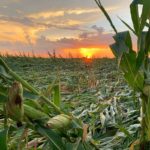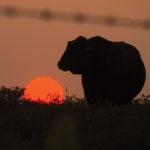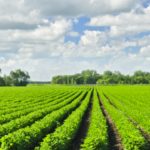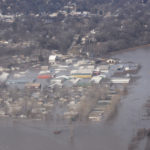Low commodity prices continue to haunt ag
The year began with some optimism on grain prices and improved trade conditions with China, Canada, Mexico and other countries. Then COVID-19 hit in March and everything changed. Commodity prices for crops and livestock dropped rapidly; ag banking experts from across the region weigh in on the local impact. [Continue]






